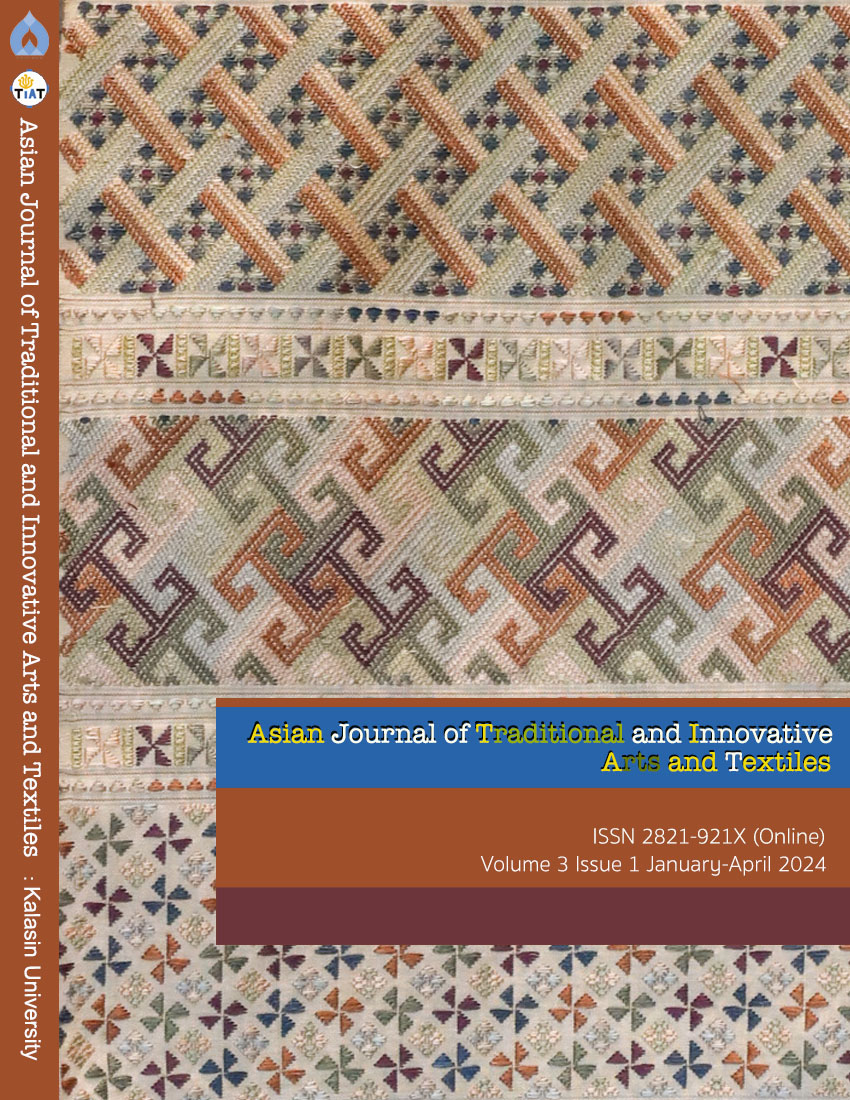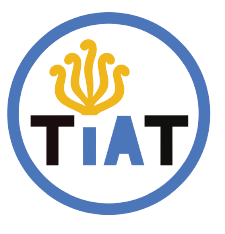Guidelines for developing the potential of faith-based tourism routes Through the dimensions of faith and belief in the Somdet Chao of the Songkhla Lake Basin
Keywords:
Faith tourism, Dimensions of faith, Belief , Songkhla Lake BasinAbstract
The objectives of this research are 1) to search for roots, survey, and analyze the landscape. Related to the legend of Somdet Chao of the Songkhla Lake basin.2) To study guidelines for developing faith-based tourism. Through the power of faith in His Majesty the King of the Songkhla Lake Basin 3) To determine the route for faith-based tourism in the legend of His Majesty the King of the Songkhla Lake Basin. The research results found that Legend of the King of the Songkhla Lake Basin It can be defined as an important issue to be used as cultural capital for use in developing tourism potential. There are 6 points summarized as follows: 1) Belief in geography and the stability of life. “Stable foundation for life” Place of birth and burial of Somdet Chao Phakho “Wat Ton Liap” 2) Belief in good health Raising children is easy. Another important place "Napelle Monastery" 3) Beliefs in education, work, and finances at “Wat Dee Luang” if you come to pay homage It will help strengthen your position, duties, work, and finances. In addition, inside the chapel there is a Buddha image that villagers call by name. This Buddha statue says “Luang Pho Yim” or “Luang Pho Yim Hie Nok” “Phra Hie Nok” which means “Phra Six Fingers” if you come and pay homage will help strengthen your merit and prestige. and is auspicious for life in terms of "left over to eat, left over to use" 4) Belief in prosperity Wat Ratchapradit or Wat Pha Kho is the place where Somdej Chao Pha Kho stays for the Buddhist Lent. 5) Belief in protection from danger and safety. Idol of Somdet Chao Ko Yo. Buddha statue in the posture of Maravichai Beliefs of Ko Yo people It is considered a request for supernatural powers to inspire happiness. and enhance the prestige of protection as well. 5) Belief in safety, the image of Somdet Chao Ko Yo Buddha statue in the posture of Maravichai Beliefs of Ko Yo people It is considered a request for supernatural powers to inspire happiness. and enhances the prestige and protection as well. 6) Belief in miracles, the power of the tiger. Legend has it that Somdet Chao Ko Yai meditated and used his mental powers to lift large rocks and place them in an orderly manner. This kind of technique is called "tiger power". The results of the research found that the legend of Somdet Chao of the Songkhla Lake Basin Can be filtered to determine interesting travel routes as follows: 1) One Day Trip travel route to pay homage to the noble monks. “Following in the footsteps of Somdet Chao Ko Yo” 2) One Day Trip, a travel route to pay homage to the noble monks. “Following in the footsteps of Somdet Chao Phakho Stepping on fresh sea water” 2) One Day Trip, travel route to pay homage to the noble monks “Following in the footsteps of Somdet Chao Koh Yai” 3) Tourist route “Following the footsteps of the legend of Somdej Chao Songkhla Lake Basin” And in setting the direction for the development of spatial potential to completely increase the capacity of community tourism, namely "Dhamma Park following the birthplace of Luang Pu Thuat" which is divided into The “Three Dhamma Paths” include the natural path, the Dhamma path, and the cultural path. This will create completeness in the tourism routes that have historical stories. Legend of Somdet Phakho (Luang Pu Thuat steps on fresh sea water)Experience people's way of life Local food, local desserts and bring benefits to the community in creating jobs and careers to continue to happen in a sustainable way.
References
ชัยวุฒิ พิยะกูล. (2563). หลวงพ่อทวดเหยียบน้ำทะเลจืด : จากวัดพะโคะถึงวัดช้างให้. สงขลา : มูลนิธิศาสตราจารย์สุธิวงศ์ พงศ์ไพบูลย์.
ประชาชาติธุรกิจ. (2566). สภาพัฒน์ชูท่องเที่ยวสายมู โอกาสเศรษฐกิจ-ทริปแสวงบุญ สะพัดหมื่นล้าน. ประชาชาติธุรกิจออนไลน์. สืบค้นเมื่อ 1 ธันวาคม 2566, สืบค้นจาก https://www.prachachat.net/finance/news-1299493
พิฑูรย์ ทองฉิม และคณะ. (2552). รูปแบบเส้นทางการท่องเที่ยวเชิงประวัติศาสตร์ตามรอยพระพุทธเจ้าหลวง เพื่อเพิ่มมูลค่าการท่องเที่ยวของจังหวัดสงขลาอย่างยั่งยืน. การประชุมหาดใหญ่วิชาการระดับชาติและนานาชาติ ครั้งที่ 13. สงขลา : มหาวิทยาลัยหาดใหญ่.
ยงยุทธ ชูแว่น, บรรณาธิการ. (2541). โลกของลุ่มทะเลสาบ : รวมบทความว่าด้วยประวัติศาสตร์และวัฒนธรรมท้องถิ่นบริเวณลุ่มทะเลสาบสงขลา. ปทุมธานี : นาคร.
วลัยลักษณ์ ทรงศิริ. (2559). สมเด็จเจ้าพะโคะ วีรบุรุษวัฒนธรรมแห่งเมืองใต้. กรุงเทพฯ : สำนักพิมพ์มูลนิธิเล็ก ประไพ-วิริยะพันธ์ุ.
สุรินทร์ เหลือลมัย. (2556). วิกฤติวิถีชาวเล. วารสารเมืองโบราณ. 39(1) : 52-53.
สำนักงานพัฒนาชุมชนจังหวัดสงขลา. (2563). โปรแกรมการท่องเที่ยวบ้านคลองฉนวน ตำบลชุมพล อำเภอสทิงพระ จังหวัดสงขลา. สืบค้นเมื่อ 1 ธันวาคม 2566, สืบค้นจาก https://songkhla.cdd.go.th/services/แอ่งที่-5-บ้านคลองฉนวน-หม
สำนักงานสภาพัฒนาการเศรษฐกิจและสังคมแห่งชาติ. (2567). ภาวะเศรษฐกิจไทยไตรมาสที่สี่ของปี 2566 ทั้งปี 2566 และแนวโน้มปี 2567. สืบค้นเมื่อ 25 กุมภาพันธ์ 2567, สืบค้นจาก https://www.nesdc.go.th/ewt_dl_link.php?nid=14743&filename=QGDP_report
Downloads
Published
How to Cite
Issue
Section
License
Copyright (c) 2024 Asian Journal of Traditional and Innovative Arts and Textiles

This work is licensed under a Creative Commons Attribution-NonCommercial-NoDerivatives 4.0 International License.





